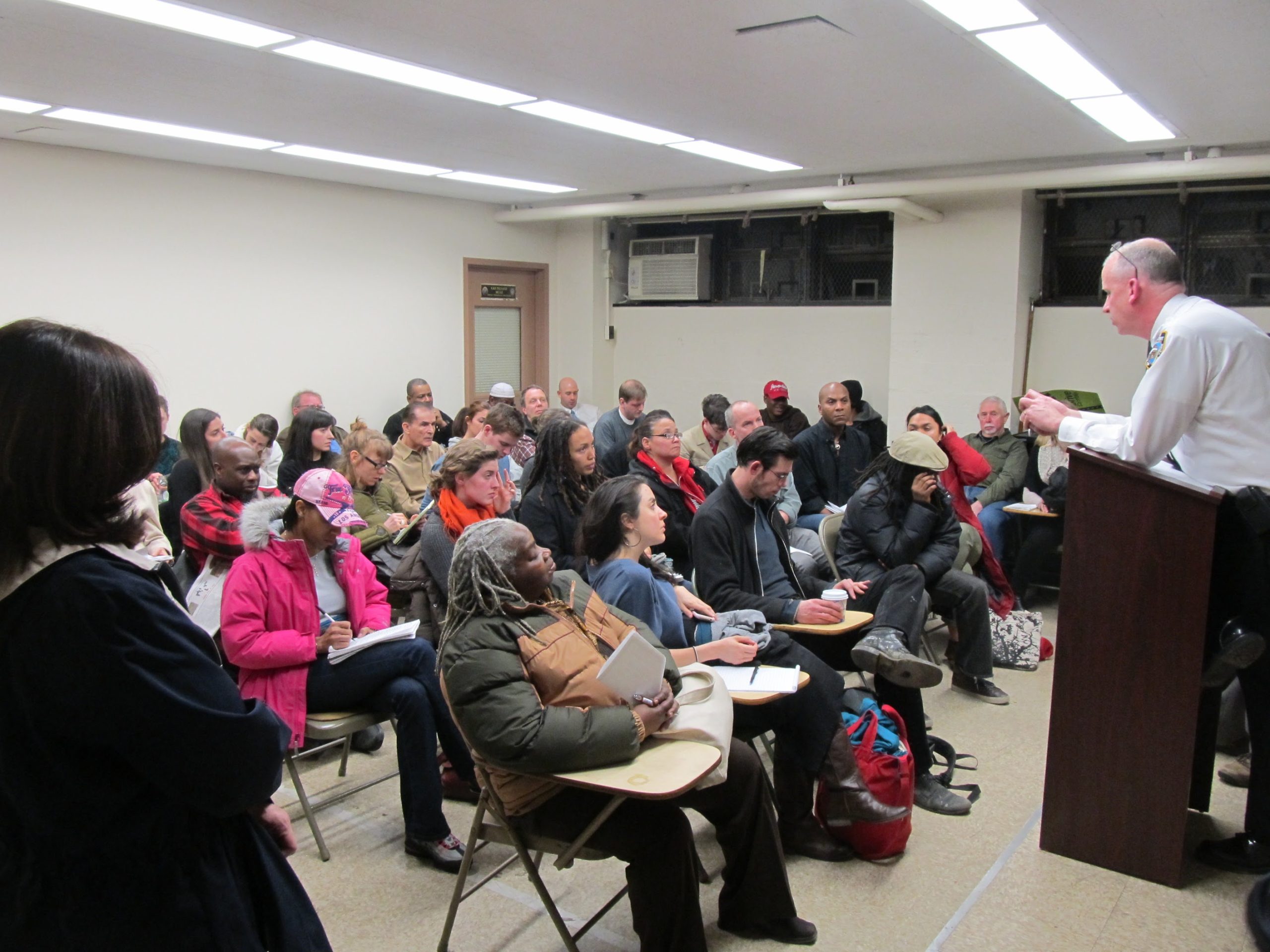NYC crime rates in the 80s and 90s
In New York City and nationwide, there is a rise in crime rates. While the violence is not identical to the climate of the 80s and 90s, the sharp spike in crime rates should cause some concern.
Between 1990 and 1998 crime rates decreased tremendously. During their respective tenures, New York City mayors David Dinkins and Rudy Giuliani were under pressure to ‘clean up’ the city. Violence and the crack epidemic scarred so many neighborhoods. Today’s New York City pales in comparison to the environment of crime and violence of the 1990s and 1980s.
While former NYC mayor Rudy Giuliani may be best known for conspiracy theories and hair dye today, in the 1990s and early 2000’s he was referred to by many as the tough-on-crime New York mayor. Who could forget the leadership role Giuliani played during the World Trade Center attacks of September 11. Much like former Governor Cuomo, for a time, Giuliani was seen as a national hero and is often associated or credited with the continued decrease in crime going into, during and after his mayoral tenure (1994-2001).
Rudy Giuliani’s Stop and Frisk
While he received praise by some, many critiqued Giuliani’s methods used to curtail crime, particularly due to the outcomes of the infamous stop-and-frisk policies, implemented during his administration. Stop and frisk allowed law enforcement to detain and search any individual on the grounds of suspicion alone, and not probable cause. The policy was intended to send a message to criminals that they could be caught at any time. And while consequent years did see a decrease in crime, the vast majority (over 80%) of the people stopped were never arrested, nor did they possess any weapons.
However, New York City’s African-American and Latino residents were almost instantly the targets of the policy by an overwhelming majority. In some years, African-Americans and Latinos represented an alarming 90 percent of those stopped and frisked. The policy may have curtailed some petty crimes, but the low number of arrested criminals compared to the abusive and racially biased effects became another political stain on New York City law enforcement.
Rising hate crimes and violence
Fast-forward to 2019 and New York City was experiencing an uptick in crime, but in 2020, New Yorkers would see the most dramatic spike in years. The uncertainty of the world in 2020 with the coronavirus pandemic undoubtedly had an influence in creating a climate of instability. Anti-Asian hate crimes in New York City jumped 96 percent between 2020 and 2021, while grand larceny, felony assault and subway crimes also increased.
In 2021 Mayor Eric Adams won the election for New York City mayor, to the discomfort of some New Yorkers who believed he would reinstate stop-and-frisk. Adams, who spent some of his early youth as a gang member, then later a police officer, is no stranger to the world of crime, having experienced several perspectives. Though he has previously acknowledged racism and abuse by police, Mayor Adams has voiced his opposition to the defund the police movement and Black Lives Matter leaders.
Earlier this year Eric Adams revealed a program to curb violent crime in New York City. In this plan, Adams includes a revised stop and frisk policy. Adams stated that these identifiable NYPD crime units will be deployed in neighborhoods where crime is most concentrated.
“We will not surrender our city to the violent few. I know how to do this, New York has done it before,” said Mayor Eric Adams.
Mental health
The mental-health perspective may still not be getting enough light. The impact of the pandemic and the ongoing atmosphere of instability is felt in many communities. Crime does tend to be more concentrated in certain areas of the city, but the senseless acts of violence seen in NYC like the subway killing of Michelle Go, an Asian-American woman who was shoved onto subway tracks at Times Square and consequently died, show that crime happens anywhere.
Her attacker, a homeless and likely mentally ill man Simon Martial, confessed to pushing Michelle Go, claiming, “she stole my jacket!” There is a huge mental health component that the public has to grapple with.
In the end, there are no easy answers to lessening the violence in New York or elsewhere. However, here’s hoping that past mistakes help city officials, and the general public evolves the way crime, and community policing is handled.
Author
Discover more from Red Hook Star-Revue
Subscribe to get the latest posts sent to your email.










